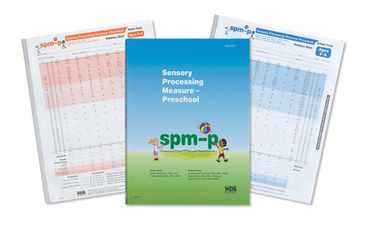Sensory Processing Measure - Preschool (SPM-P) extends the popular Sensory Processing Measure (SPM) down to age 2, making early intervention possible
Sensory Processing Measure - Preschool
SPM-P
Sensory Processing Measure - Preschool (SPM-P) extends the popular Sensory Processing Measure (SPM) down to age 2, making early intervention possibleChoose from our formats
Test forms & reports
Booklets, record forms, answer sheets, report usages & subscriptions
2 options